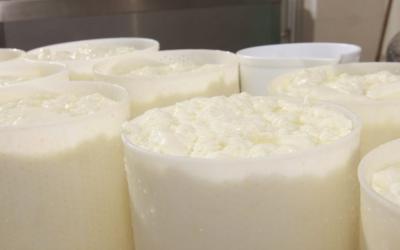NOT TO BE MISSED
- Torre dell’Orologio (Clock Tower)
At the top of the tower is a counterweighted clock that dates back to the late-18th century and tells the time using the so-called 'Roman' or 'Italic' method, widely used in the past.
The dial is divided into six sections and the single hand makes four revolutions each day to cover the 24 hours.
Inside the tower is the Capena Civic Museum dedicated to the history of the town from the fall of the Roman Empire to the modern age. - Palazzo dei Monaci
Built around the year 1000, on top of the previous Leprignano Castle building, it has been the site of many bloody battles and hosted nobles, princes and monks. Although modified over time, it has withstood events and been maintained in a good state of repair. In front of the building, which has two storeys and a closely-knit system of underground passages dug out of the tuff, is a drawbridge.
Along the corridor on the first floor is a kind of circular opening, said to have been used as a trapdoor to escape or attack enemies by surprise. Today, the building is privately owned. - Castello di Scorano (Scorano Castle)
Built by the Orsini family, who were big landowners in the area, it has passed through many different hands and is still privately owned. - Church of Sant’Antonio
In an elevated position above the road, the church is accessible by means of two symmetrical staircases. At the foot of the stairs are two columns and, upon a closer look, around one of them a large chain can be seen. In the past, this chain delimited a sort of free zone: crossing it and entering the complex entitled people to legal immunity. - Lucus Feroniae
This was an important sanctuary dedicated to the goddess Feronia, a centre of worship and trade where several ancient peoples converged: Falisci, Latins, Sabines and Etruscans. It was sacked by Hannibal and then, under Julius Caesar, became a Roman colony.
The archaeological area includes the Forum, i.e. the main square, dominated by the Basilica and two temples; from here starts the main avenue along which buildings can be recognised that once housed shops, taverns and thermal facilities. To complete the visit, we suggest seeing the well-preserved Amphitheatre, which hosts musical performances in the summer, and the Antiquarium, a small museum with an exhibition of artefacts found during excavations. - Art Forum Würth Capena
A large contemporary art collection (over 18,000 works) is on show to the public together with theme exhibitions which succeed one another at different times of the year. The exhibitions centre on major artistic movements and trends of the 20th and 21st centuries and admission is free. - Lake Leprignano
Called ‘Stink Lake’ by the inhabitants because of the typical smell of sulphurous gas, this is a karst sinkhole created in the late-19th century. Chronicles of the time report the accounts of local inhabitants who describe the loud roar heard during the night, caused by an explosion produced by the pressure of the underground water that gave life to the lake. Known by geologists as a ‘sinkhole’, today it has become a pond surrounded by lush vegetation and populated by various species of waterfowl.
TRADITIONAL DISHES AND WINES
- Frascarelli: a mixture of flour and eggs which is ‘rolled’ with the hands to form rustic dumplings eaten with a tomato sauce
Bianco Capena DOC and ‘Castellaccio’ wine
LOCAL CRAFT TRADITIONS
Ironworking












